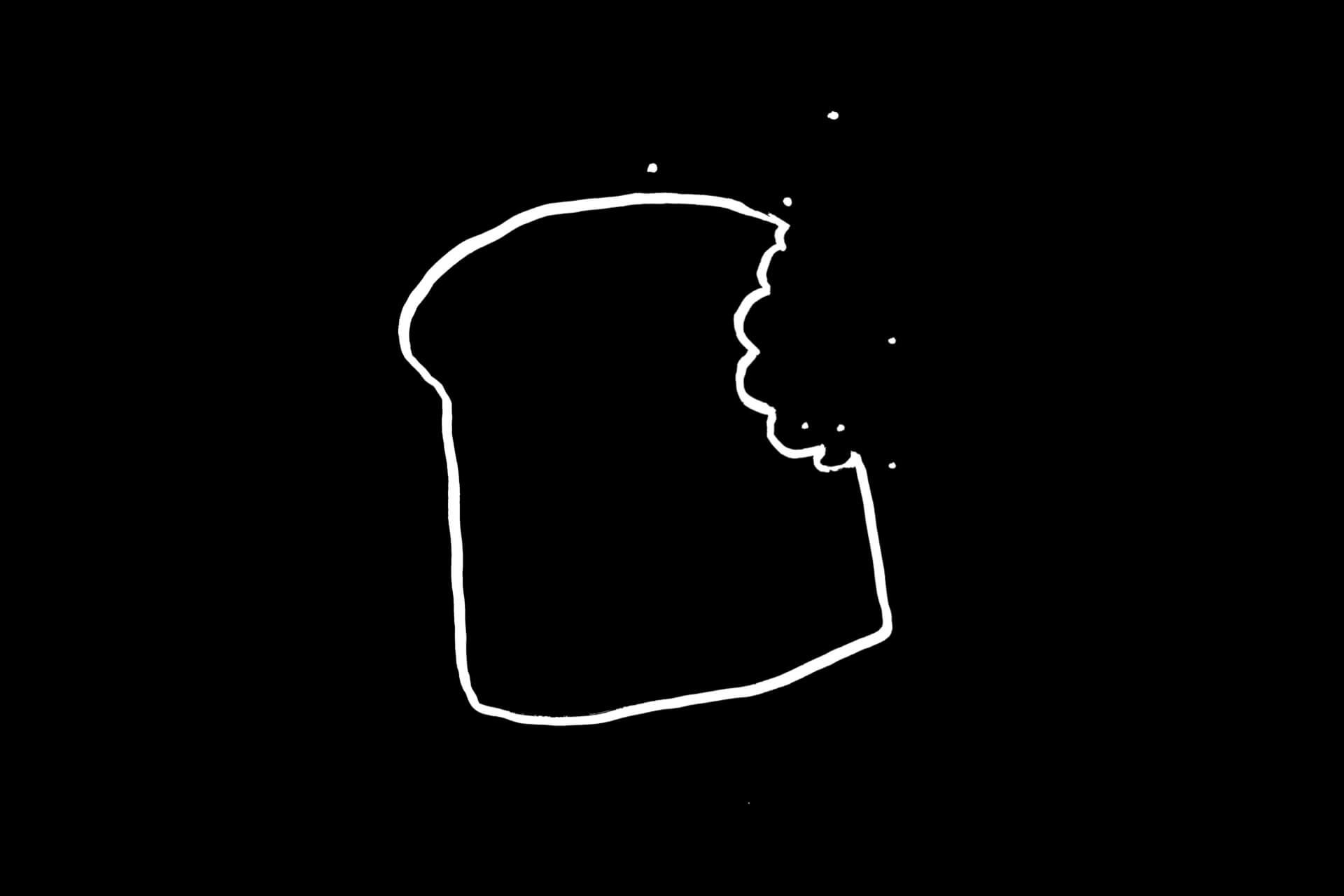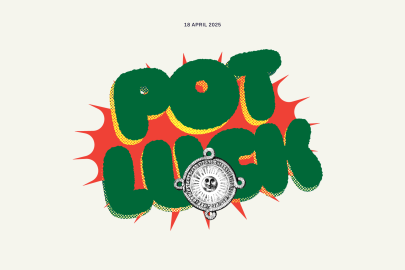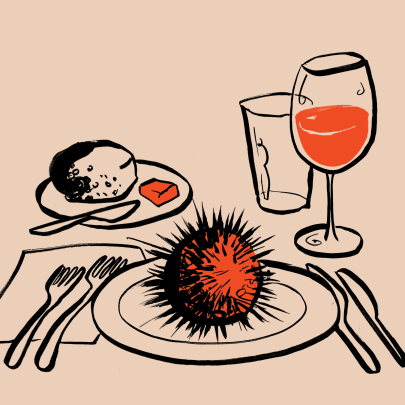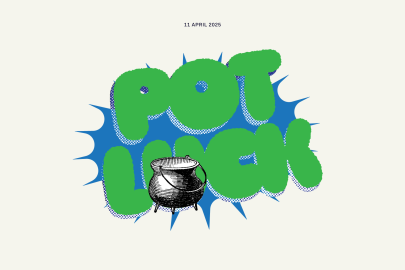Oct 14, 2022 Food
Earning a crust. Bread-winner. It is her bread and butter. He knows what side his bread is buttered on. Give us this day our daily bread, and forgive us our trespasses. Show me a civilisation anywhere in the world that has not come up with and become entirely wedded to some version of bread.
Bread is life. It is a basic need, as much as it is a primal, stomach-gnawing want. It is a basic building block or, perhaps more accurately, a bottom line. A human right. We use it as a metaphor for wealth and stability, for competence and self-interest. But it also has a spiritual dimension — and an almost inexplicable sense of comfort. The smell of freshly baked bread is the stuff of dreams, of home and hearth, and (traditionally) mothers and grandmothers. One waft would draw any seasoned wanderer into its spell.
But what actually is it? Life is full of enduring food mysteries, most sitting unexamined right under our noses: What exactly is the Maillard reaction? Does anyone actually like wasabi, or are they all just saying that? Is a hot dog a sandwich? But the question that has been occupying me most recently is far more elemental: What is bread?
The Collins English Dictionary says that bread is “a food made from a dough of flour or meal mixed with water or milk, usually raised with yeast or baking powder and then baked”. I couldn’t have made that less clear if I’d tried, and even then, I don’t know that they’re entirely right about that. Most of the books I’ve read on bread avoid providing a definition, but almost all agree that the basics tend to be flour, water, yeast and salt. Let’s consider those elements more closely.
Flour
Flour might be the one non-negotiable element of bread. But that’s really because ‘flour’ is such a generic word. The default in many parts of the world is wheat: harvested, threshed, dried and milled into flour. Wheat typically contains lots of the good stuff, gluten — that magic protein that gives bread structure, trapping gas as the dough ferments, enabling it to rise. This canny little grain can be processed into white, brown or wholemeal flour. Then you have the low or no-gluten flours that can also be used in various combinations for bread-making: rye, spelt, rice, soya, potato, oat, amaranth, corn, arrowroot and the deceptively named buckwheat. The list is endless.
Yeast
Yeast is definitely the go-to option for bread-making. It is tried and true, predictable, easily stored, and almost guaranteed to rise when treated right. But Irish soda bread is no less of a loaf just because it uses baking soda rather than yeast. And, of course, there is the ever-fashionable but highly temperamental sourdough — a live colony of wild yeast, lactic acid and bacteria — which can torment the most committed of bakers, requiring regular feeding, a clean home, and temperature regulation. Using a sourdough starter in place of commercial yeast or soda can lend your loaf a lovely slow rise and sour tang, and some people find it easier to digest than bread made with yeast. You might think that a rising agent of some sort or other is crucial to the enterprise, but then consider Mexican tortillas or Indian roti. Unleavened bread is a category unto itself — a topic of biblical depth and proportions.
Hydration
Next there is the question of hydration. Water is the usual, but sometimes bread is made with milk, whey (just the clear, protein-rich part of the milk left after the solids are removed) or beer. Focaccia — gloriously porous, light and fluffy — has a comparatively high proportion of water to flour. But add too much water and we are really talking about batters. Is a pancake a bread? Surely not. What about injera, which is essentially a savoury Ethiopian pancake-like-crumpet? Sure! Add less water and you get the tighter crumb and denser depths of a bagel (a dough so stiff it makes my KitchenAid jump up and down on the bench as it kneads). But even less water and we have to ask: where does bread end and crackers begin? The Swedish knäckebröd or “crispy breads” are really just designed to confuse things.
Salt
Salt is the unsung hero of the bread world. Have you ever eaten a really bland loaf of bread, and wondered what on earth was off? I’m willing to bet someone forgot to add salt to the dough. In all walks of culinary life, salt has its own corner of the flavour spectrum (‘saltiness’) but it is also a flavour enhancer, lifting all of the other flavours to be found in the food: spicy, sweet, sour, bitter or umami. In the bread world it is a double-edged sword, to be managed carefully. Salt in direct contact, and with too high a concentration, will kill yeast dead. That is why Paul Hollywood is religiously telling us to put the yeast in one side of the mixing bowl and the salt in the other. But just enough salt will restrain an over-exuberant fermentation to ensure a slower rise and a more complex flavour. Salt is a wonder — feast or famine, making or breaking your loaf.
Value-adds
And then there are the value-adds. Fat! A spoon or two of olive oil in a dough will make it silky and smooth. And a fair amount of butter, cream or egg makes deliciously soft ‘enriched’ breads, like brioche or challah. But add too much fat and we’re marching along the continuum straight past scones towards cakes and pastries. Sugars (and sugar-adjacent additions like dried fruits, vanilla or cinnamon) also exist on the fringes of yeasted society. A little dose will feed those hungry yeast enzymes; larger doses will walk right up to the elusive bread/pastry divide in the form of hot cross or Chelsea buns. Sugar, combined with wheat, calls like a siren to our caveman impulse to load up on carbohydrate-heavy, easily processed calories.
Conditioners
Don’t even get me started on bread conditioners or ‘improvers’, which can be as simple as milk powders or
a complex and impenetrable blend of chemical agents. A small dose can be used to improve the consistency of dough, and the softness and longevity of the final product. Did you know that a little ascorbic acid — vitamin C — is the “flour treatment agent (300)” in your Edmonds Surebake Active Yeast Mixture? I can’t make heads or tails of the emulsifiers in Surebake, but there is no denying that the stuff works a treat.
Bake (or not)
It’s not even necessary to bake bread. Take a yeasted dough. Steam it and you have a bao bun. Peel it off the side of a tandoor and you have naan. Pour it into a castiron skillet and leave on the stovetop to make cornbread. Fry it and you have parāoa parai (or, with a little sugar, doughnuts).
Bread is bread
The more time I spend thinking about bread, the more I tend towards Justice Potter Stewart’s famous definition for hardcore pornography: “I know it when I see it.” It is a broad church, and a gloriously varied one. Perhaps (wo) man cannot live by bread alone, but happily there are many, many types available. And I don’t think we can live truly satisfying lives without it.






